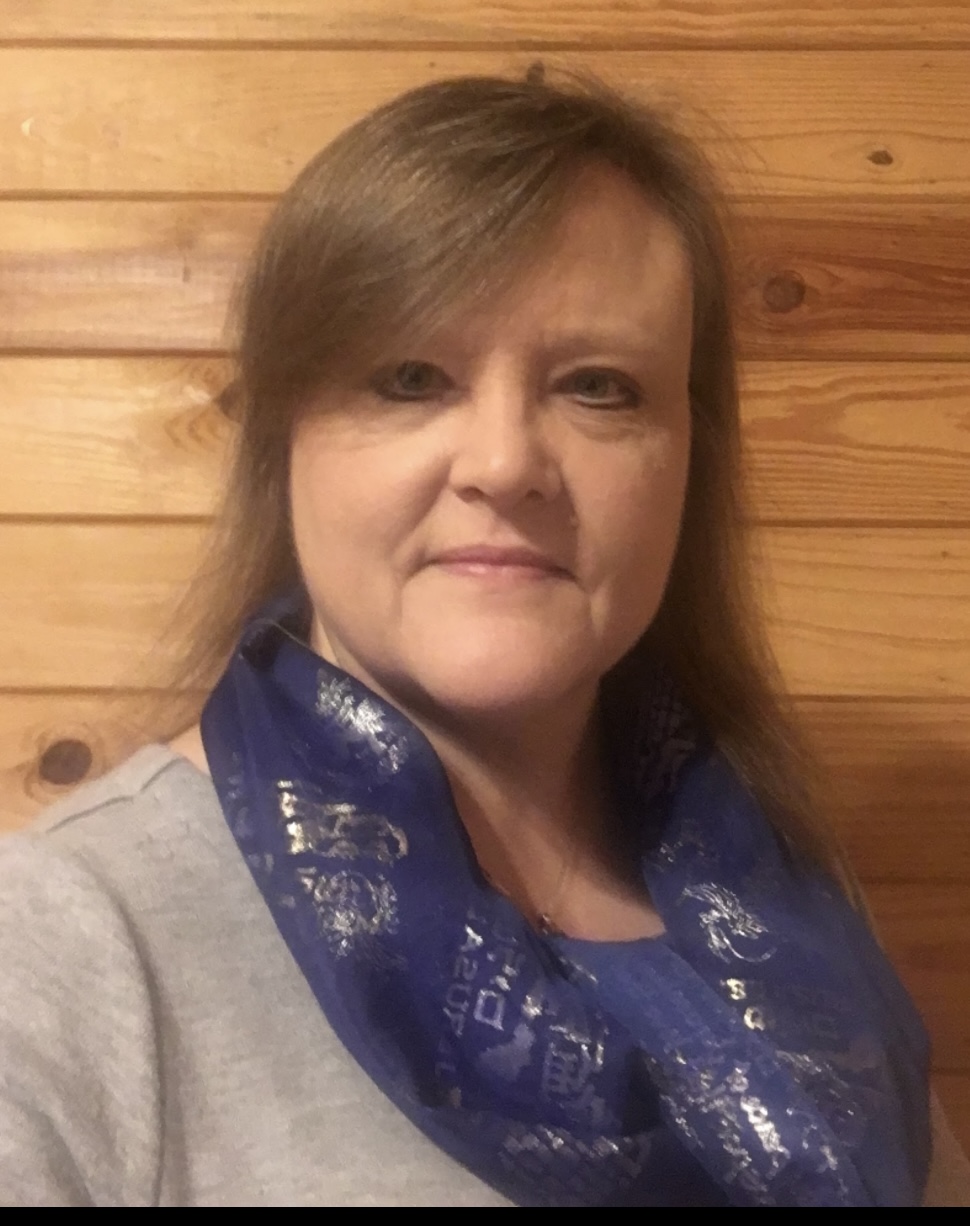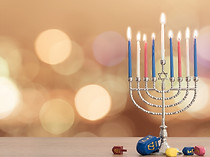His Presence on Earth - Terumah
- Leisa Baysinger

- Feb 16, 2021
- 6 min read
Updated: Apr 2, 2023
Exodus 25:1 – 27:19
“Terumah” in Hebrew means contribution, gift, or free will offering. It comes from the beginning of this reading where the people were commanded to bring their free will contributions. The Hebrew word terumah cannot be properly translated into English because there is no equivalent word in the language. This word denotes a type of offering which was to be brought and dedicated for tabernacle use. Once something was set apart for tabernacle/temple use it would never be common again but would always be holy to the LORD and used only for His purposes. So, the people knew that whatever they brought to Moses that their rights to it would be relinquished forever. It was given wholly to the LORD.
Notice their eagerness to give to the LORD! What did they hope to get in return for their giving? Most people don't want to give without thinking they will get something in return or at the minimum that they will be recognized for their giving, or just maybe, they want a tax deduction for their giving?? So again, what did these people want in return for their giving of their precious items of gold, silver, fine linen, etcetera? It is obvious they wanted the presence of the LORD to be in their midst, to dwell among them in this tabernacle that Moses was going to have built for them. What an awesome thought! All they wanted in return was a dwelling place for their Most High God. I don't know about you but that just speaks to my heart as I read this portion. In this day and age would you and I be willing to give up everything that we own that is precious and valuable just to say, "God please come and dwell with me"?
Notice that God instructed those who have a “willing” heart to bring their gifts for the construction of the tabernacle. God never forces Himself, or His ways, upon anyone. Whatever is done for Him, or His Son, must be done from a heart of love, obedience and free will. Anything done from less than that will be burned up at the coming of the promised one, Yeshua.
This portion is occupied with the instructions for the building of the tent of meeting and all of its furnishings. Although most would consider the reading boring, I have myself in the past, it is really very, very important for the life of a believer in Messiah Yeshua. You will see why a little later. Moses was instructed to build this tabernacle exactly as he was instructed on the mountain and exactly as it appeared in heaven. This would later be the model for the Temple in Jerusalem. Adonai gives minute details that are to be followed.
Interestingly, the instructions proceed from the inner to the outer court. The inner court actually had 2 chambers, the Holy Place and the Holy of Holies, or the Most Holy Place. The Holy Place contained the Table of Showbread (Table of Presence or Table of Face), the Lampstand (Menorah), and the Altar of Incense (The Golden Altar). The most inner chamber, the Most Holy Place, contained the Ark of the Covenant (a box covered in gold) with the lid covering which we call the Mercy Seat but in Hebrew was called the kapporet. This box initially held only the 2 tablets of the covenant which had been given to Moses. Later it also contained a jar of manna and Aaron's rod that budded. The Holy Place was used by the priests to minister before Adonai and the Holy of Holies was used only by the high priest, just once a year on Yom Kippur, to make atonement for sins. The outer court contained the Alter and the Bronze Laver. The priests used the outer court to wash themselves and to make sacrifices.
The tabernacle was required so that people could approach a holy God. The tabernacle was the place of His very presence on the earth, His meeting place with man. The layout of the tabernacle illustrates the prescribed manner in which man can approach Him. Just as there was only one tabernacle and way to approach Adonai in the wilderness and during the times of a functioning temple in Jerusalem, there is now only one way to approach Adonai and that is through His son, Yeshua. The tabernacle outlay and furniture, as well as every other aspect of the tabernacle structure, (including the items contained within the ark), reveal the work of Yeshua. The tabernacle shows us the pattern of how we must approach Him and come into fellowship with Him. By studying the outlay and furniture of the tabernacle we can see how we can be cleansed and separated, and thus be able to approach HaShem, through Yeshua, and have a restored relationship with Him which would otherwise have been impossible. For more on this topic please see my teachings on Yeshua in the Tabernacle, #yeshuatabernacle.
Just one little piece of insight here that I would like to share. The Table of Showbread, also known as the Bread of Presence or Bread of Face, was found in the Holy Place. Only a designated priest could go behind the first veil and minister to the LORD in this place. 12 loaves of bread were kept on this table, one for each of the 12 tribes, and the bread was replaced with 12 fresh loaves every Sabbath day. The priests ate the old loaves every Sabbath day. This was considered to be a shared meal between Adonai and the priests on every weekly Sabbath. If you have ever attended a synagogue or Messianic congregation, or visited a Jewish home on the Sabbath, then you should be familar with Challah bread. It is baked and then eaten every Sabbath in Jewish homes and it is broken and shared in these type of congregations on the weekly Sabbath. It is called the bread of fellowship. Why? When the Jews were scattered throughout the world because of their disobedience God promised that He would be a little sanctuary to them wherever He scattered them throughout the world. Yeshua also promised that He would make us a kingdom of priests. The thought is that each individual believer, each observant family, each congregation, is an extension of the tabernacle or sanctuary. By breaking this bread together on the Sabbath, just like the priests of old, we are having a small fellowship meal with each other, as priests to Messiah, and with the LORD on His day, the Sabbath day. Challah bread is a very important part of any Sabbath keeping (in my opinion). It is our bread of fellowship, and don't forget how it points to Messiah Yeshua as He is the bread from heaven. We read in the Brit Hadashah (New Testament) that when Yeshua was crucified that the veil in the temple tore from top to bottom. While many commentators believe that this points to the Almighty's disdain for the temple and its sacrificial system, and that He was bringing it to an end, the Hebraic understanding is quite different. According to Hebrews 10:19-20 the veil symbolizes Yeshua's body. The tearing of the veil gives analogy to what the death of Messiah Yeshua accomplished for us. His death gave us access to the Father. When that Holy Place was revealed it showed that we all, if we accept His sacrificial atonement, have access to the Father as a kingdom of priests. We can all minister, or come directly into His presence. We can now approach, through Yeshua's suffering, the very throne of God. Don't forget, we are living stones which make up the temple, a spiritual temple. One day we shall all rule and reign with Messiah Yeshua and be literal priests before Him in His temple in Jerusalem. Please see the article, Living Stones - The Restoration of All Things, #livingstones.
Just as with Noah and the building of the ark Adonai spares no detail in His instructions for the building and furnishings of the tabernacle. He is a God of the “smallest details”. When it comes to His children, He is also a God of smallest detail. There is no area of our lives in which He is not concerned. There is no “small sin” that He does not see in each individual life. Nothing escapes His all seeing eye. Just as He required a person to be holy when they approached Him in the tabernacle or temple, He now requires us to be holy and acceptable to Him. The first step is repentance from our sins, but after that, He requires a life time of continual cleansing and purging of our hearts. If we expect to approach a Holy God we must take the steps necessary to approach Him. We do not approach Him on our terms, but on His terms.
Shalom,
Leisa







That was beautiful sister! Your understanding of the Hebrew lives and priests truly dedicated to our Adonai Elohei-Tzva'ot is very educational and full of wisdom in how to draw closer to the Father❤️. I appreciate the thoughts you give me on these things you write about so we may draw closer to our Adonai and He will draw closer to us. I love knowing and worshipping Adonai in Spirit and Truth! Thank you sister!
Thank you so much for letting me know
Amen I am enjoying your teaching.